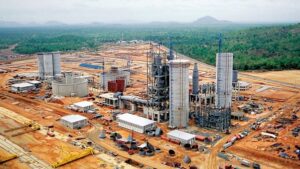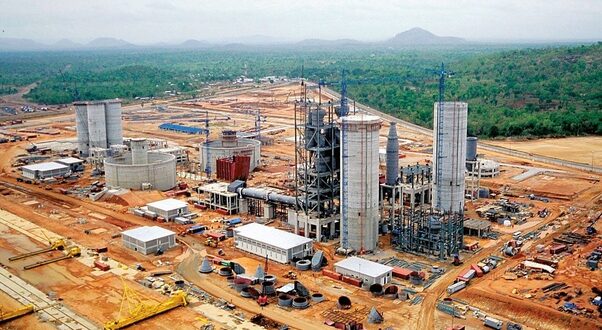Lagos is significantly more developed than other parts of Nigeria, and part of the reason is tied to the same dynamics that explain why you rarely see an Igbo president/southerner.

Here are the main reasons:
1. Post-Civil War Strategy:
After the Biafran War, the Nigerian government, fearful of another potential civil conflict, took strategic steps to weaken the economic power of the Eastern region. One major move was shutting down or rendering the eastern ports economically unviable. This forced most commercially oriented businesses to rely on Lagos for imports and exports, effectively creating a monopoly around Lagos ports. Lagos became a sort of mandatory checkpoint for goods entering and leaving the country. This monopoly naturally boosted Lagos’s tax revenue and commercial dominance, as nearly all international trade began to flow through it, regardless of where the businesses were actually based in Nigeria.
2. Colonial Legacy:
During colonial rule, Lagos served as the administrative capital of Nigeria. This alone drew significant British investment in infrastructure—roads, railways, ports, and power systems. That early investment gave Lagos a major head start in development over other regions. When combined with the post-war centralization of commerce in Lagos, this created a powerful mix of historical and political advantages.
As a result, Lagos today enjoys a unique position—one port city dominating a nation of over 200 million people. Ironically, some even take pride in this imbalance, as long as it appears to keep other regions from rising.
In Nigeria, a common but overly simplistic response to the country’s one-port crisis—usually from those who may not fully understand the system and in my opinion are less intelligent—is: *“Why don’t southern governors just invest in their own ports?”* However, the reality is that, under the Nigerian constitution, only the federal government has the authority to build, approve, and maintain seaports. States do not have the legal or constitutional power to independently develop or operate them, thus, as long as southern groups—particularly the Igbo and surrounding ethnic communities—remain largely excluded from the presidency and key federal decision-making positions, it is unlikely that this situation will change. Nigeria will continue operating primarily through a single functional port system, centered in Lagos. This is a highly unusual and economically inefficient setup that no forward-looking nation would accept. Unfortunately, in Nigeria any thing is acceptable, when a dysfunctional system benefits a particular region or ethnic group, the prevailing attitude often becomes: *“I’ve got mine, so I don’t care about you.”* This zero-sum mindset, where national problems are ignored if they don’t directly affect one’s group, only deepens regional resentment and fuels the growing calls for secession and restructuring. It’s not just about infrastructure—it’s about equity, representation, and the future of a truly united Nigeria.
Below are post–civil war images of Nigeria’s so-called “reconstruction.” Although the war was fought mostly in the South and East, over 99% of the reconstruction projects were concentrated in the West—particularly in Lagos and other predominantly Yoruba regions. Aside from the repair of the Onitsha Bridge, very few reconstruction efforts were directed toward the areas most affected by the conflict.
This uneven distribution of post-war development is one of several factors that has allowed the Western region to consistently outperform others economically and infrastructurally. It reflects a broader pattern of regional imbalance that continues to shape Nigeria’s development trajectory to this day.
 Gistfox Your News Window To The World
Gistfox Your News Window To The World 




